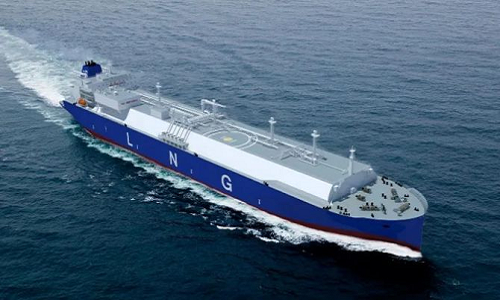

SEARCH
LNG refers to Liquefied Natural Gas, which is mainly composed of methane. It is a clean fossil energy that is easy to burn. Compared with other traditional fossil fuels (coal and crude oil), natural gas is abundant, emits less carbon, and is relatively easy to extract. Therefore, there is a strong demand for natural gas in the market.

The industrial chain of clean energy LNG can be briefly summarized as the steps of raw material mining, refining and pipeline transportation. Raw material extraction is the extraction of natural gas directly from the geological strata that make up the LNG feedstock, such as gas-bearing sandstone formations, and then purification treatment to treat the minerals and other properties of the LNG feedstock. Refining is the process by which the purified raw material is placed in a freezing tank, the natural gas is forced to liquify to condense the LNG, and then the produced LNG is cooled to a low temperature (-162℃), while the volume is also reduced to about 1/600 of the original volume to facilitate storage and delivery.
Pipeline transport involves transporting liquefied natural gas through large pipelines to consumption points, or loading LNG onto ships or containers to carry it to its destination. But traditional pipeline supplies limit the reach from origin to terminal. At this time, the emergence of LNG carriers is a good solution to this problem. The liquefied natural gas is transported to other parts of the world by LNG carriers, which then convert it into gas at the receiving terminal and send it to the terminal users through local pipelines.
With the development of technology and the growth of market demand, the scale of LNG industry has increased significantly in recent years. As a clean energy source, LNG also requires a number of laws and regulations to ensure its safe storage and use, as well as due consideration of environmental concerns.